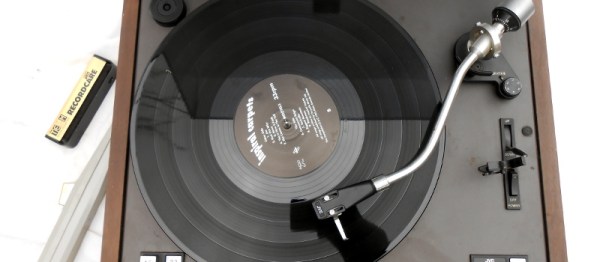It’s no secret that here at Hackaday we’ve at times been tempted to poke fun at the world of audiophiles, a place where engineering sometimes takes second place to outright silliness. But when a high quality audio project comes along that brings some serious engineering to the table we’re all there for it, so when we saw [Slyka] had published the files for their open source record lathe, we knew it had to be time to bring it to you.
Truth be told we’ve been following this project for quite a while as they present tantalizing glimpses of it on social media, so while as they observe, documentation is hard, it should still be enough for anyone willing to try cutting their own recordings to get started. There’s the lathe itself, the controller, the software, and a tool for mapping EQ curves. It cuts in polycarbonate, though sadly there doesn’t seem to be a sound sample online for us to judge.
If you’re hungry for more this certainly isn’t the first record lathe we’ve brought you, and meanwhile we’ve gone a little deeper into the mystique surrounding vinyl.
Continue reading “A Record Lathe For Analog Audio Perfection”
















